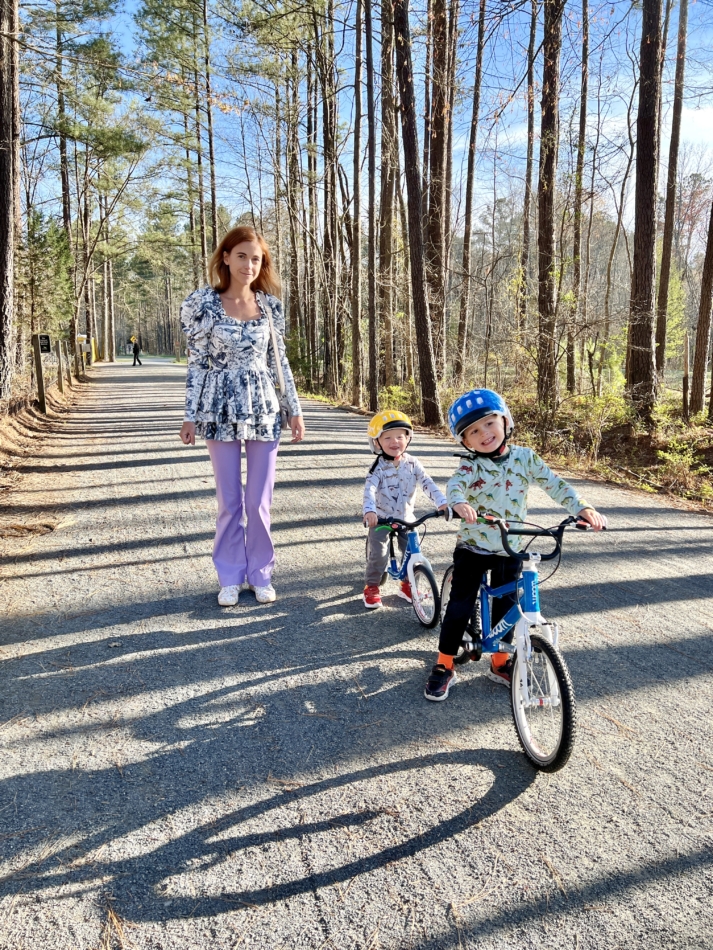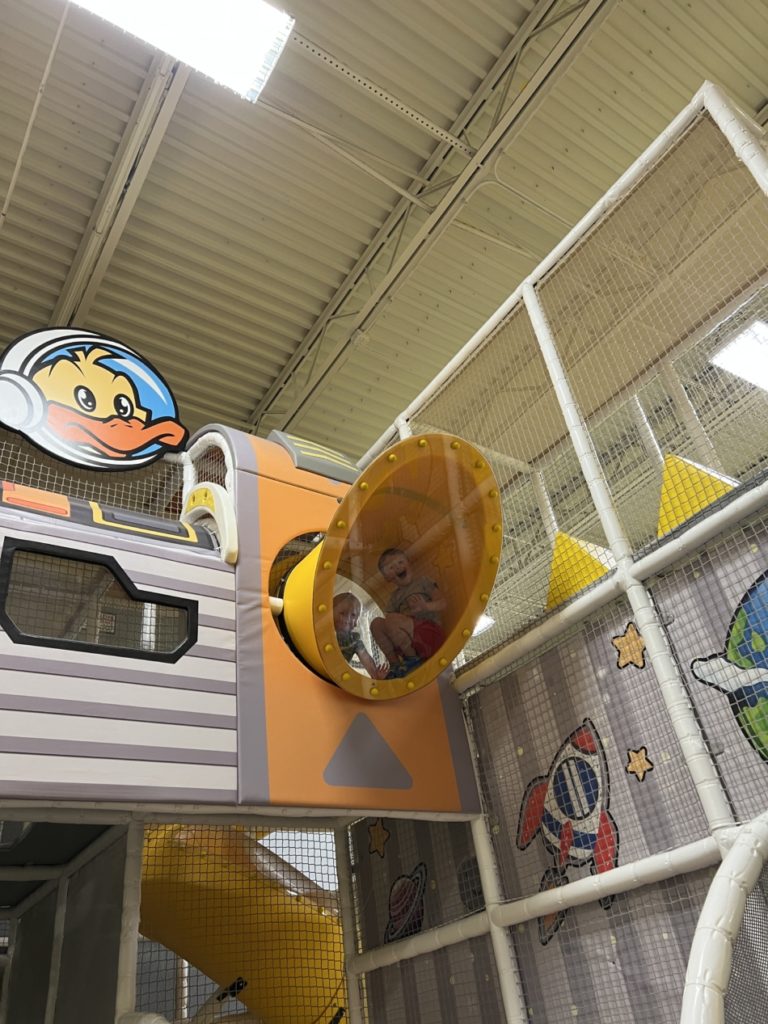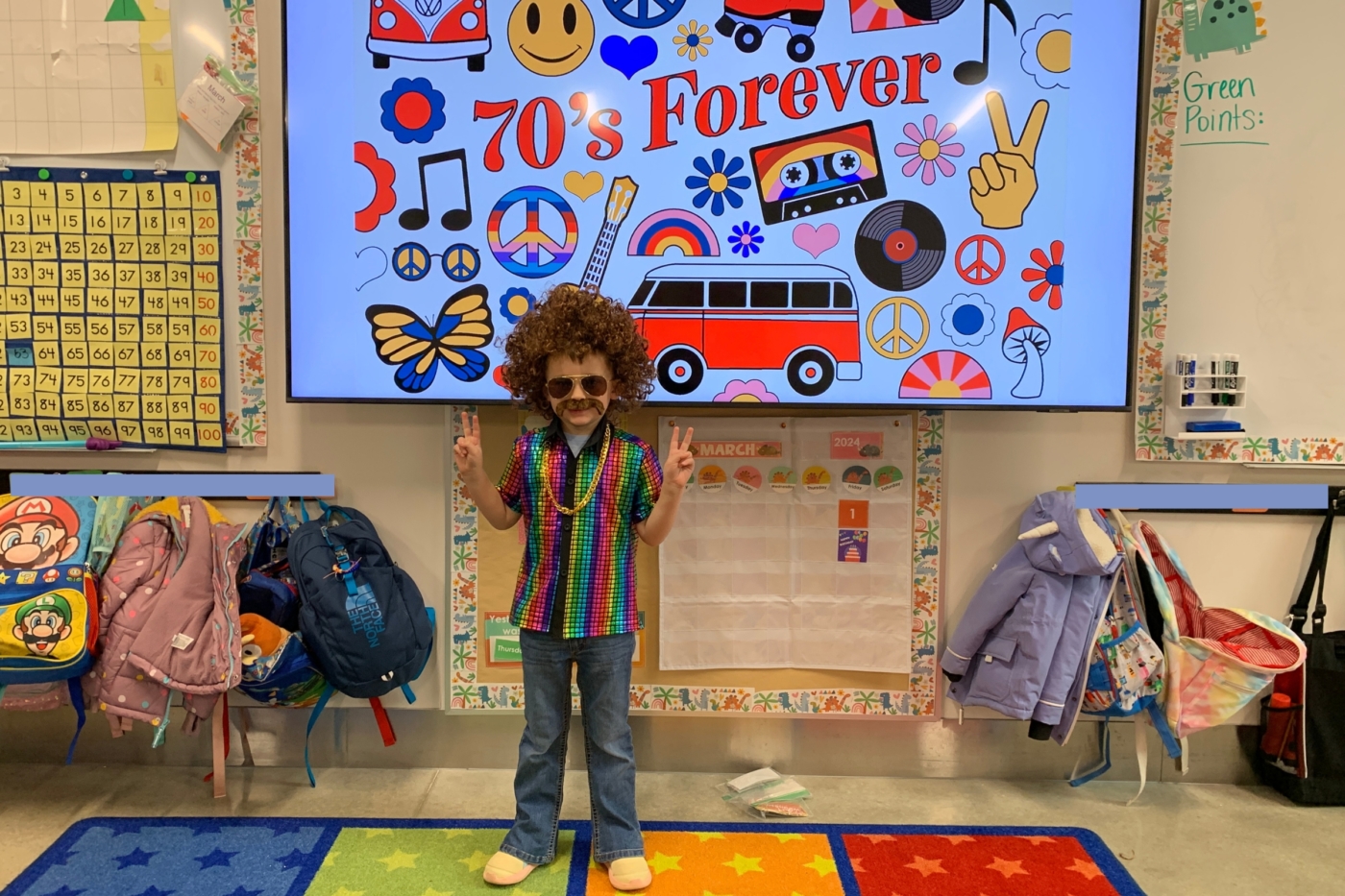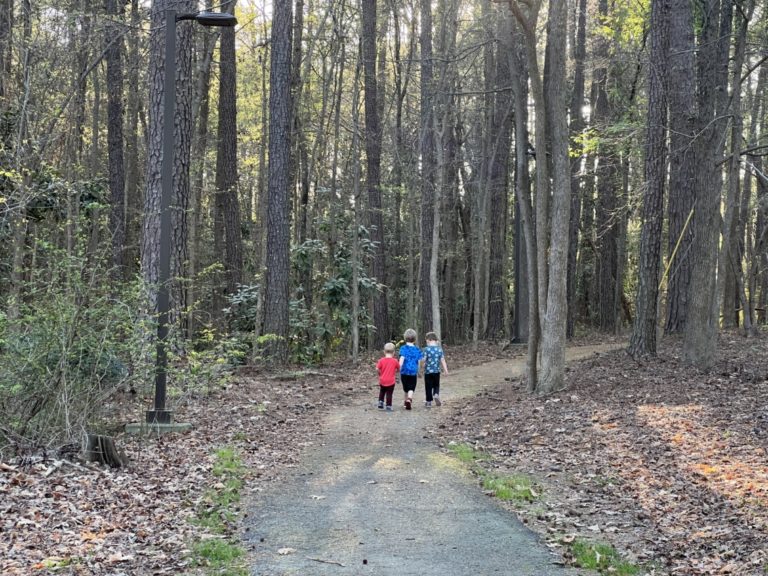Year Round School Pros & Cons: Our Experience in NC
Year round schools are nothing new in some places like China, Japan, or France, but in the US they always cause a heated debate. Is a year round school better than traditional one?
We experienced a year round school in Wake County in North Carolina, where about half the schools are year round. It’s also one of the most confusing school system in the country.
There are definitely pros and cons of year round calendar, many depend on specific family needs.
Year Round Calendar Schools
If your child goes to a year round calendar school it doesn’t mean that they’ll be in school all the time. Both traditional and year round calendars have the same amount of school days, but it’s just distributed differently.
Typically, year round schools work in blocks with 4 breaks a year. Basically, kids go to school for 9 weeks, then have time off and then return to school.
The breaks are usually 3-week long, but sometimes they might be slightly longer if it falls close to the holidays like Thanksgiving or Christmas.
Are Year Round Calendars Better?
We actually got introduced to this system in France. It’s sort-of year round system as it’s not defined that way, but in reality that’s what it is.
Kids get longer holidays over the spring and winter, to go skiing or take a break from school. Students in France also have a two-hour lunch break.
French schools also have Wednesdays being half days, so parents can do something with their kids. Simply because they can do it – which is exactly the reason why year round schools cause such dramatic debates in the United States.
Some school districts believe it will help students retain their knowledge of what they have been taught because the children won’t forget everything if they stay home all summer. This is especially important in low-income families.

Year Round Schools in NC: How Does it Work?
In North Carolina you have various types of public schools. There are regular public schools (either on a traditional calendar or year-round calendar) that you are zoned into based on your address. You can be zoned to either calendar school.
You also have magnet and charter schools. Magnet schools are profiled and charter schools are publicly funded, but independently run. All magnet and charter schools work on traditional calendar, but most don’t provide any school buses.
In our school district of Wake County, year round schools started offering a year round school calendar option to alleviate overcrowding.
Understanding the Year Round School Tracks
There are 4 tracks of year round school, which means that every track has its own schedule and not all kids go to school at the same time. Each track’s schedule is staggered so that one track will be on break while the other three are in session.
Tracks 1 and 4 are the closest to the traditional school year calendars. Single-track schools maintain a year-round schedule shared by all students and it’s usually an equivalent to track 4.
Track schedules are consistent from school to school across the county.

Childcare During Tracks
Families are complaining about a shortage of traditional school seats, especially those with multiple children. There are year round elementary and middle schools, but all public high schools are traditional. Which can cause having children on different school calendars.
One of the most common complaints about year round schools in the US is having to find childcare all the time with constant breaks. I will say that it’s only coming from those who haven’t experienced year round schools, because childcare for breaks isn’t an issue at all.
With so many schools on a year round calendar there are numerous year-round camps everywhere. Want to do a cooking camp? Sure! Sports or dance? There is it! How about local YMCA? Not a problem. There are endless possibilities and it’s actually WAY easier to sign the kids up for a camp when they’re tracked out than for the summer. Summer camps usually sell out within minutes.
Fun fact I discovered about year round schools was that you’re actually looking for childcare way less on a year round calendar than on a traditional one. Traditional calendar schools have at least 1 day a month of teacher’s workday, but some months have 2 or 3.
While more and more single day workday camps are popping up, it’s pretty frustrating. On year round schedule teachers can do workdays when the kids are tracked out, so we actually had only one day of teacher’s workday right after Easter break.
Why We Love Year Round School
As a travel family, my biggest incentive for wanting my kids to be in a year round school was the ability to travel off-season.
For example, on our track the school year starts in mid-July, when it’s boiling outside so it’s not necessarily the best time to spend a day outside. Our preschool wasn’t even letting the younger children outside for too long to avoid overheating, so people frequently chose air-conditioned indoor spots. Which was honestly perfect because schools are air-conditioned.
Their first break is in mid-September when everyone else is in school, so we could go traveling without having to spend some ungodly amount on flights and deal with summer crowds. If we stayed in NC, it was a perfect outdoor weather, unlike in July or August.
We actually still get 5 weeks of the summer in June, which is enough for us to enjoy the warm weather and a bigger trip. Sometimes I wish the summer break was longer and I heard from families with relatives in Europe that they wish they had more time to visit them, but honestly summers are insanely expensive to travel so I’m glad we can sort of avoid it.

Can You Opt Out of Year Round School in NC?
In theory, you can request a transfer between these options during the spring transfer period. Realistically, not really, because it’s pretty hard to transfer schools – especially to a traditional calendar.
Every student is assigned a base school based on their address. If your base school is year round, you might not have another option, especially with many schools being capped. And if it’s miraculously approved, then you might have to provide your own school transportation.







